Visit to download the full and correct content document: https://ebookmass.com/product/action-research-using-strategic-inquiry-to-improve-tea ching-and-learning-1st-edition-ebook-pdf/

More products digital (pdf, epub, mobi) instant download maybe you interests ...
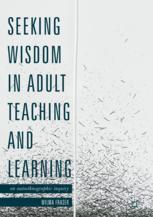
Seeking Wisdom in Adult Teaching and Learning: An Autoethnographic Inquiry 1st Edition Wilma Fraser (Auth.)
https://ebookmass.com/product/seeking-wisdom-in-adult-teachingand-learning-an-autoethnographic-inquiry-1st-edition-wilmafraser-auth/
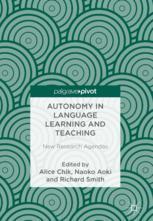
Autonomy in Language Learning and Teaching: New Research Agendas 1st Edition Alice Chik
https://ebookmass.com/product/autonomy-in-language-learning-andteaching-new-research-agendas-1st-edition-alice-chik/
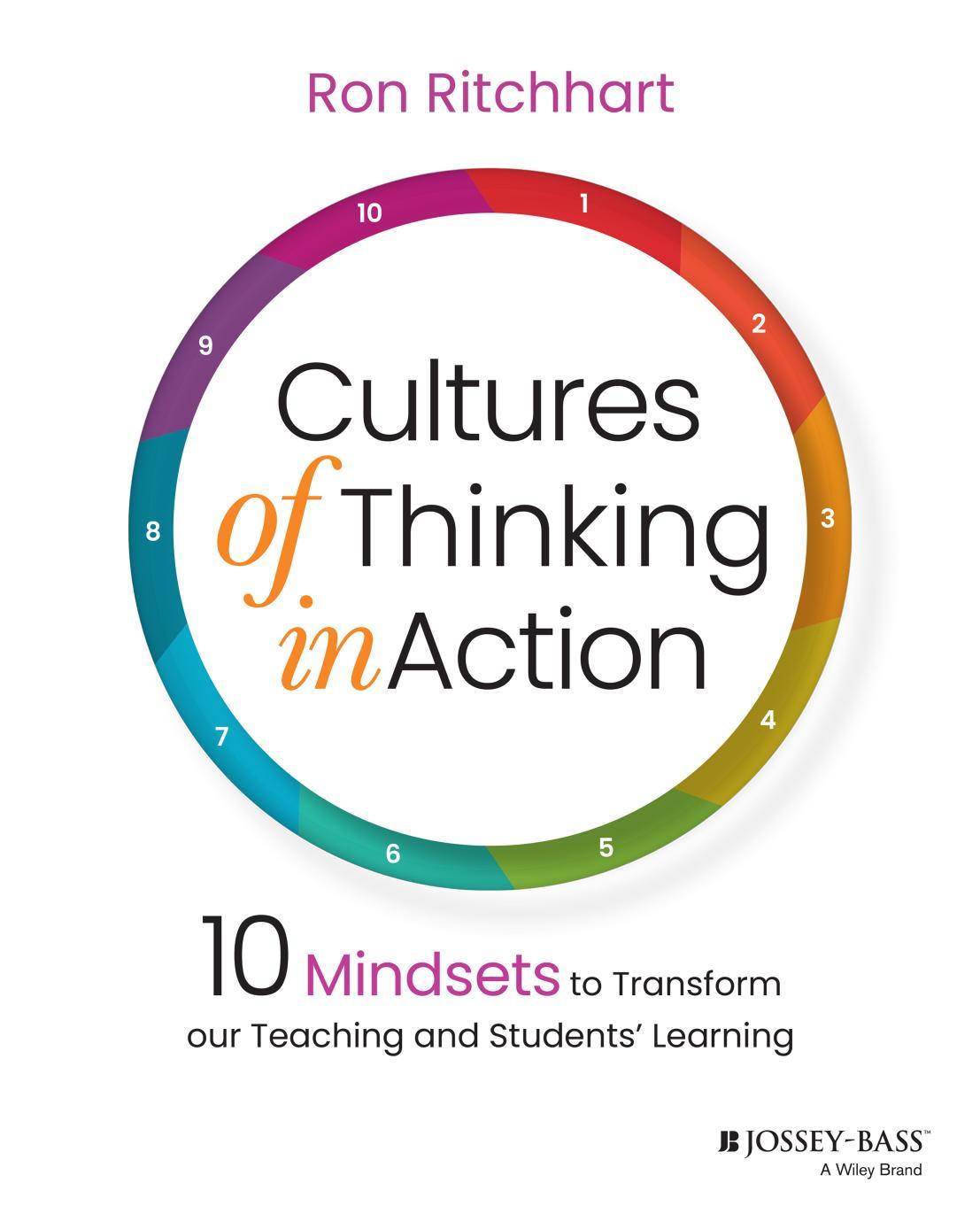
Cultures of Thinking in Action: 10 Mindsets to Transform Our Teaching and Students' Learning Ron Ritchhart
https://ebookmass.com/product/cultures-of-thinking-inaction-10-mindsets-to-transform-our-teaching-and-studentslearning-ron-ritchhart/

Short Guide to Action Research, A – Ebook PDF Version
https://ebookmass.com/product/short-guide-to-action-research-aebook-pdf-version/
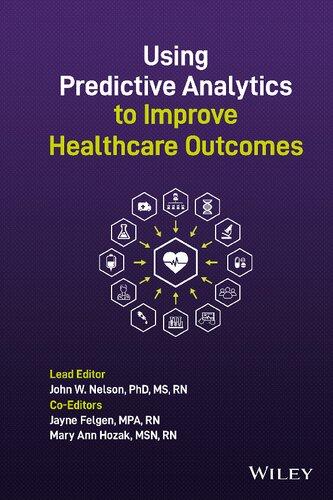
Using Predictive Analytics to Improve Healthcare Outcomes 1st Edition
John W. Nelson
https://ebookmass.com/product/using-predictive-analytics-toimprove-healthcare-outcomes-1st-edition-john-w-nelson/
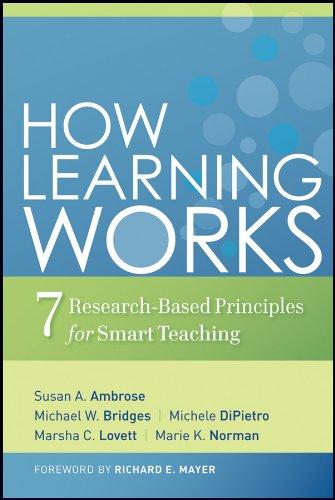
How Learning Works: Seven Research-Based Principles for Smart Teaching – Ebook PDF Version
https://ebookmass.com/product/how-learning-works-seven-researchbased-principles-for-smart-teaching-ebook-pdf-version/
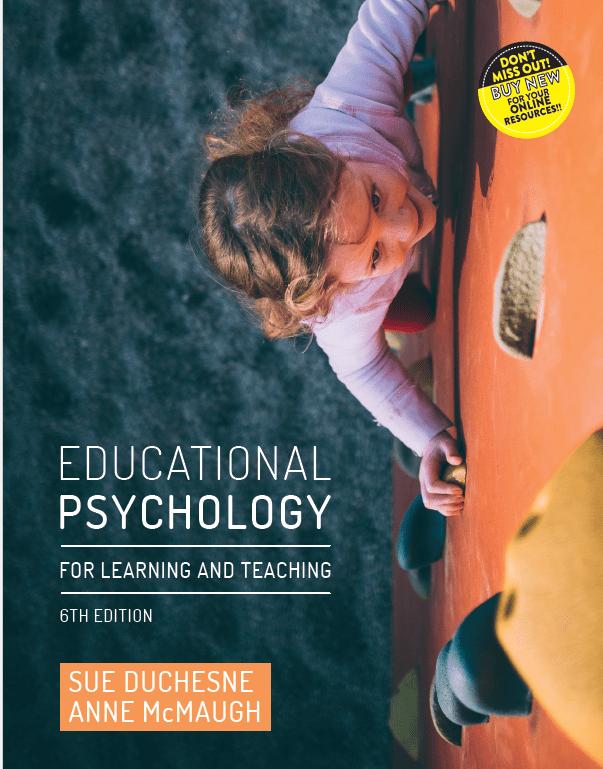
(eBook PDF) Educational Psychology for Learning and Teaching, 6th Edition
https://ebookmass.com/product/ebook-pdf-educational-psychologyfor-learning-and-teaching-6th-edition/
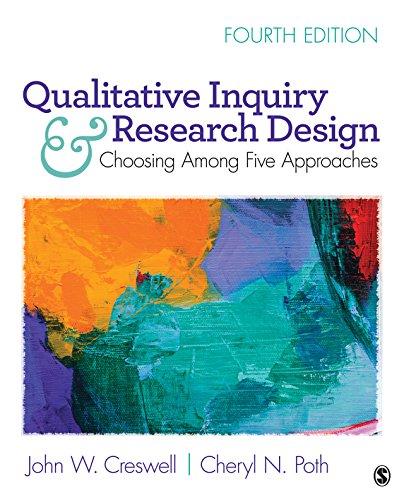
Qualitative Inquiry and Research Design: Choosing Among Five Approaches 4th Edition, (Ebook PDF)
https://ebookmass.com/product/qualitative-inquiry-and-researchdesign-choosing-among-five-approaches-4th-edition-ebook-pdf/
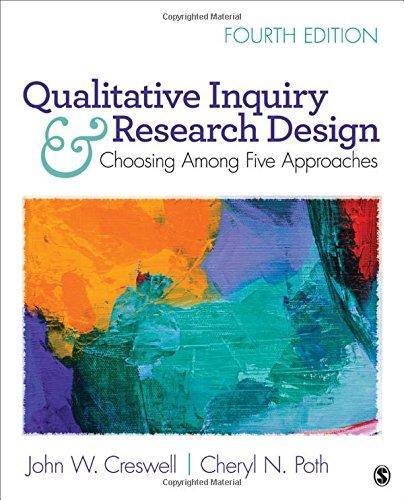
Qualitative Inquiry and Research Design: Choosing Among Five Approaches – Ebook PDF Version
https://ebookmass.com/product/qualitative-inquiry-and-researchdesign-choosing-among-five-approaches-ebook-pdf-version/
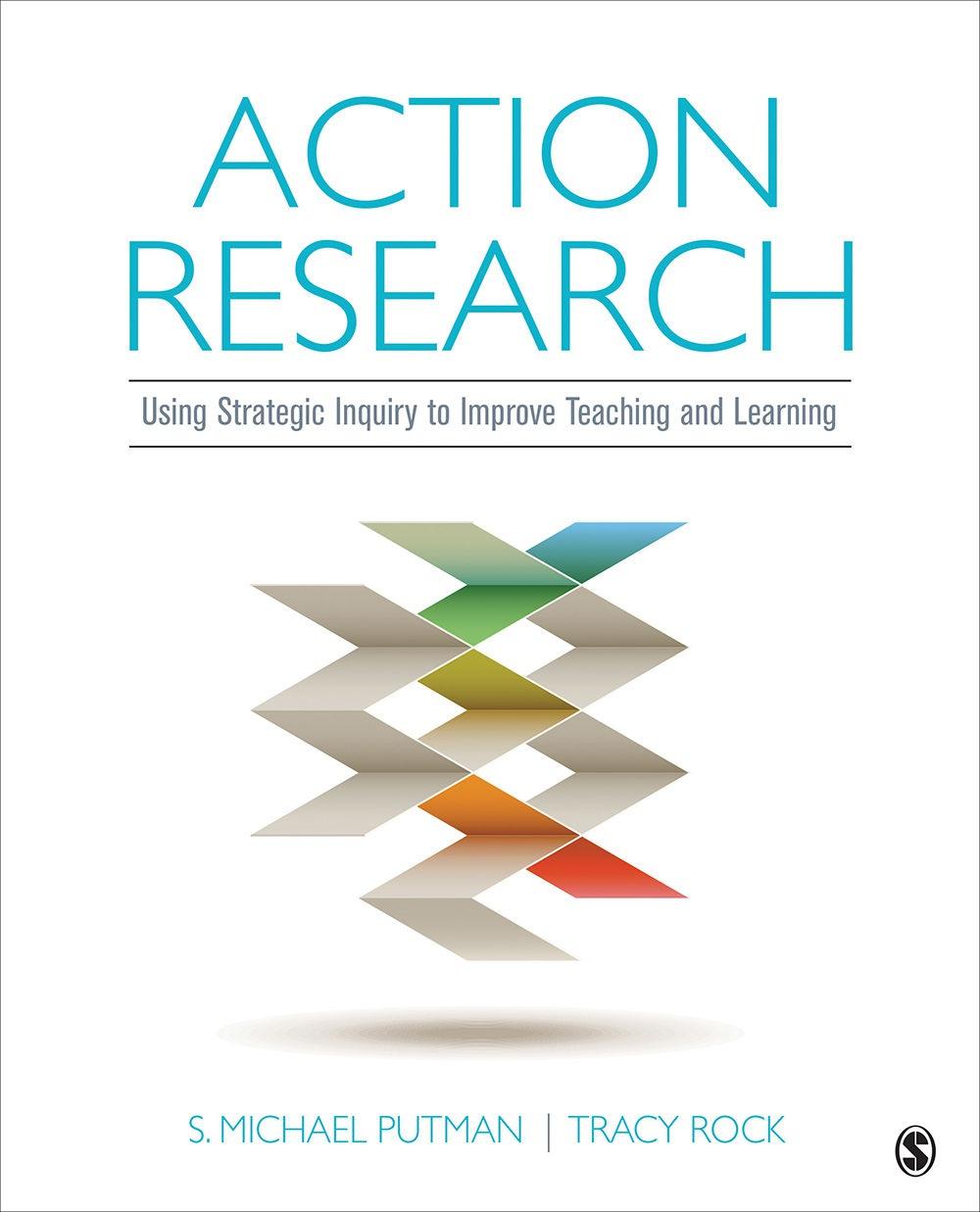
Brief Contents
1. PREFACE
2. ABOUT THE AUTHORS
3. PHASE I TASK DEFINITION
1. CHAPTER 1: WHAT IS ACTION RESEARCH?
4. PHASE II —GOAL SETTING AND PLANNING
1. CHAPTER 2: IDENTIFYING A RESEARCH TOPIC
2. CHAPTER 3: CREATING A REVIEW OF LITERATURE
3. CHAPTER 4: CREATING A RESEARCH PLAN
4. CHAPTER 5: METHODS OF DATA COLLECTION
5. PHASE III ENACTING
1. CHAPTER 6: ANALYZING THE DATA
6. PHASE IV ADAPTATION
1. CHAPTER 7: REFLECTING ON RESULTS AND PLANNING FOR ACTION
2. CHAPTER 8: THE ACTION RESEARCH REPORT: SHARING RESULTS
3. CHAPTER 9: LEADING A COLLABORATIVE ACTION RESEARCH TEAM
7. APPENDIX A: EXAMPLES OF ACTION RESEARCH REPORTS
8. APPENDIX B: POTENTIAL PUBLICATION OUTLETS FOR ACTION RESEARCH
9. GLOSSARY
10. INDEX
Detailed Contents
PREFACE Acknowledgments
ABOUT THE
AUTHORS
PHASE I —TASK DEFINITION
CHAPTER 1: WHAT IS ACTION RESEARCH?
Guiding Questions
Chapter Aims and Goals
Setting the Context: Research in the Age of Accountability
Why Conduct Research?
What Is Action Research? Planning Acting Observing Reflecting
Common Approaches to Research
Action Research and Teaching
Contexts for Teacher Action Research
Taking Action: Using the CAPES Framework
Summary
Key Terms
Case in Point: Introducing the Research Log
One Elementary Teacher’s Journey: Preliminary Research Log Entry
One Secondary Teacher’s Journey: Preliminary Research Log Entry
Activities and Additional Resources
PHASE II —GOAL SETTING AND PLANNING
CHAPTER 2: IDENTIFYING A RESEARCH TOPIC
Guiding Questions
Chapter Aims and Goals
Setting the Context: Choosing a Research Topic
Formulate a Personal Educational Philosophy
Narrow the Focus: Your Classroom, Your Experiences
Taking Action: Developing the Research Topic
Reflect Further on the Topic
Write the Problem Statement
Generate Solutions to the Problem
Develop the Research Question
Developing a Plan or a Product: Completing a Topic Proposal Form
Evaluating Against the Standards: Are You Ready to Move On?
Checklist: Developing the Topic for Action Research
Checklist: Developing a Research Question
Summary
Key Terms
Case in Point: Developing a Topic
One Elementary Teacher’s Journey: Research Log Entry
One Secondary Teacher’s Journey: Research Log Entry
Activities and Additional Resources
CHAPTER 3: CREATING A REVIEW OF LITERATURE
Guiding Questions
Chapter Aims and Goals
Setting the Context: Sources of Information Types of Resources
Peer-reviewed resources
Primary or secondary sources
Taking Action: Locating and Synthesizing Information
Online Inquiries
Google Scholar
University Libraries
Education Resources Information Center
Other Sources of Information
Selection of Relevant Literature
Organize and Summarize Your Information
Write the Synthesis of Literature
Developing a Plan or a Product: Writing the Synthesis of Literature
Evaluating Against the Standards: Are You Ready to Move On?
Checklist: Synthesis of Literature
Summary
Key Terms
Case in Point: Annotated Bibliography Entries
One Elementary Teacher’s Journey: Annotated Bibliography Entries
One Secondary Teacher’s Journey: Annotated Bibliography Entries
Activities and Additional Resources
CHAPTER 4:
CREATING A RESEARCH PLAN
Guiding Questions
Chapter Aims and Goals
Setting the Context: Examining Characteristics and Components of Research Methods
Research Terminology
Research Methods
Qualitative Methods
Quantitative Methods
Mixed Methods Research
Data Sources and Collection Methods
Ethical Considerations in Action Research
Informed Consent
Institutional Review Board
Taking Action: Developing a Preliminary Research Plan
Developing a Plan or a Product: Initiating the Research Plan
Proposal Form
Evaluating Against the Standards: Are You Ready to Move On?
Checklist: Preliminary Research Plan
Summary
Key Terms
Case in Point: Research Plan (Pre-implementation)
One Elementary Teacher’s Journey: Research Log Entry
One Secondary Teacher’s Journey: Research Log Entry
Activities and Additional Resources
CHAPTER 5:
METHODS OF DATA COLLECTION
Guiding Questions
Chapter Aims and Goals
Setting the Context: Choosing Data Collection Methods
Validity and Reliability
Reliability
Validity
Sources of Data
Qualitative Data Sources
Observations and anecdotal notes
Interviews
Journals and reflective logs
Less common qualitative sources
Quantitative Data Sources
Surveys and questionnaires
Records and artifacts
Attitude and rating scales
Observations
Taking Action: Selecting Data Collection Methods
Developing a Plan or a Product: Revising the Research Plan
Proposal Form and Creating a Timeline
Research Plan
Timeline
Evaluating Against the Standards: Are You Ready to Move On?
Checklist: Research Plan (Revised) and Timeline
Summary
Key Terms
Case in Point: Revising the Research Plan and Timeline
One Elementary Teacher’s Journey: Research Log Entry #2
One Secondary Teacher’s Journey: Research Log Entry #2
Activities and Additional Resources
PHASE III —ENACTING
CHAPTER 6: ANALYZING THE DATA
Guiding Questions
Chapter Aims and Goals
Setting the Context: Analyzing Your Data
Generalizability
Preparing for Data Analysis
Qualitative Analysis
Quantitative Analysis
Descriptive statistics
Inferential statistics
Mixed Methods Approaches to Data Analysis
Taking Action: Selecting the Method of Data Analysis
Using Formative Data
Developing a Plan or a Product: Completing the Research Plan
Proposal Form and Timeline
Evaluating Against the Standards: Are You Ready to Move On?
Checklist: Research Plan and Timeline
Summary
Key Terms
Case in Point: Final Research Plan and Timeline
One Elementary Teacher’s Journey: Research Log Entry #3
One Secondary Teacher’s Journey: Research Log Entry #3
Activities and Additional Resources
PHASE IV ADAPTATION
CHAPTER 7: REFLECTING ON RESULTS AND PLANNING FOR ACTION
Guiding Questions
Chapter Aims and Goals
Setting the Context: Reflecting on the Results of Action
Research
Importance of Reflection
Constructing Meaning From Results
Generating New Questions for Future Study
Planning for action
Taking Action: Creating a Plan for Action
Developing a Plan or a Product: Completing a Plan of Action
Evaluating Against the Standards: Are You Ready to Move On?
Checklist: Self-Reflection
Checklist: Action Plan
Summary
Key Terms
Case in Point: Reflecting on Results
One Elementary Teacher’s Journey: Research Log Entry #4
One Secondary Teacher’s Journey: Research Log Entry #4
Activities and Additional Resources
CHAPTER 8: THE ACTION RESEARCH REPORT: SHARING RESULTS
Guiding Questions
Chapter Aims and Goals
Setting the Context: Determining the Audience, Format, and Outlet
Action Research Report Format
Action Research Summary Format
Action Research Presentation Format
Writing the Action Research Report
Publishing Your Work
Taking Action: Crafting the Abstract and Policy Implication Statements
Writing an Abstract
Elaborating on Implications
Developing a Product: Creating the Action Research Report
Outline, Presentation, and Summary
Action Research Report Outline
Action Research Presentation
Action Research Summary
Evaluating Against the Standards: Are You Ready to Move On?
Checklist: Action Research Report
Checklist: Action Research Summary
Moving Forward: Potential Challenges
Summary
Key Terms
Case in Point: Action Research Summary
One Elementary Teacher’s Journey: The Action Research Summary
One Secondary Teacher’s Journey: The Action Research Summary
Activities and Additional Resources
CHAPTER 9: LEADING A COLLABORATIVE ACTION RESEARCH TEAM
Guiding Questions
Chapter Aims and Goals
Setting the Context: Organizing for Collaborative Action Research
Building Community
Professional Learning Communities
Community of Practice
Virtual Learning Communities
Taking Action: Collaborative Action Research
Beginning the Conversation and Planning for Success Leadership
Assessing the climate and inviting critical participants
Planning Collaborative Action Research
Implementation of Collaborative Action Research
Examining the Results and Preparing for the Next Iteration
Developing the Product: Forming the Collaborative Action Research Team
Summary
Key Terms
Case in Point: Developing a Collaborative Action Research Study
One School’s Journey: Preliminary Steps in Developing the Collaborative Plan
Activities and Additional Resources
APPENDIX A: EXAMPLES OF ACTION RESEARCH REPORTS
Examining the Impact of Readers’ Theater on Struggling Readers’ Fluency Levels
Using an Investigation Model in Ninth-Grade Science Class:
Impact on Lower-Level Readers
APPENDIX
B: POTENTIAL PUBLICATION OUTLETS FOR ACTION RESEARCH
GLOSSARY
INDEX
